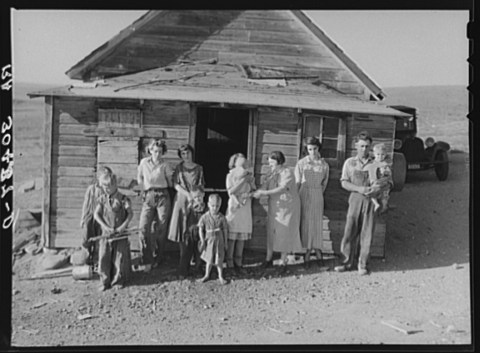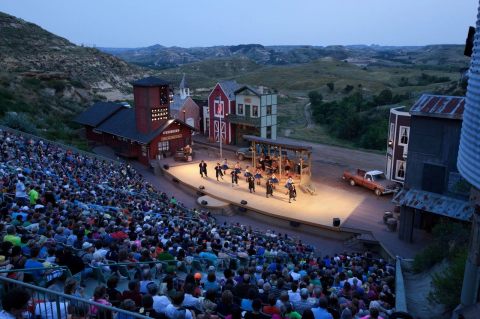The Historic Restaurant In North Dakota Where You Can Still Experience Prohibition Days
Historic restaurants in North Dakota attract writers and food lovers alike. Peacock Alley in Bismarck is one such interesting place. A long, long time ago, in a decade far, far away, a hotel opened that would go on to make history in all sorts of ways. When this interesting building opened in 1911, it was the tallest structure in Bismarck, and it became a beacon of sorts for weary travelers of all kinds. The prohibition era came and went, and the building — known as the Patterson Hotel — became legendary for its speakeasy. Illicit drinking was just one of the activities going on here; (illegal) gambling took place, and rumor has it that even a few ladies of the night called it home. At the time, nobody realized it, but this place would also eventually house the oldest restaurant in North Dakota which opened in 1933 — just after the end of Prohibition.
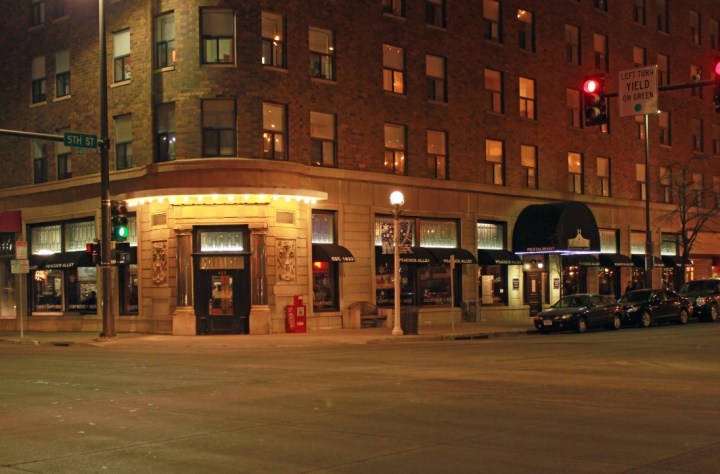
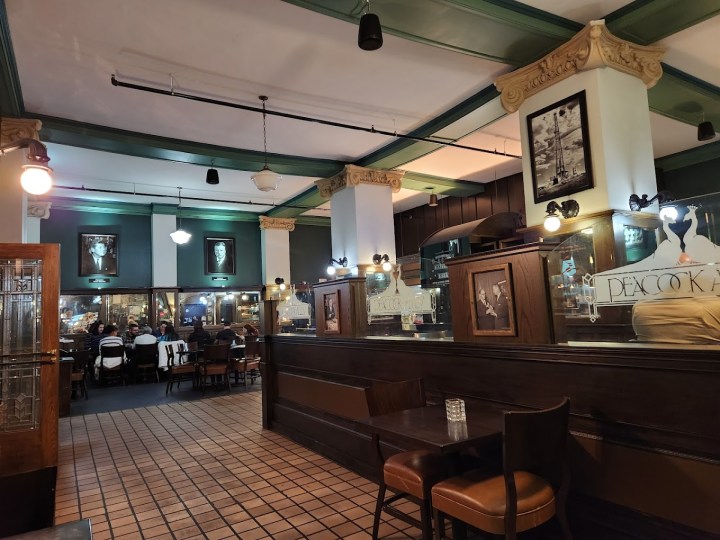
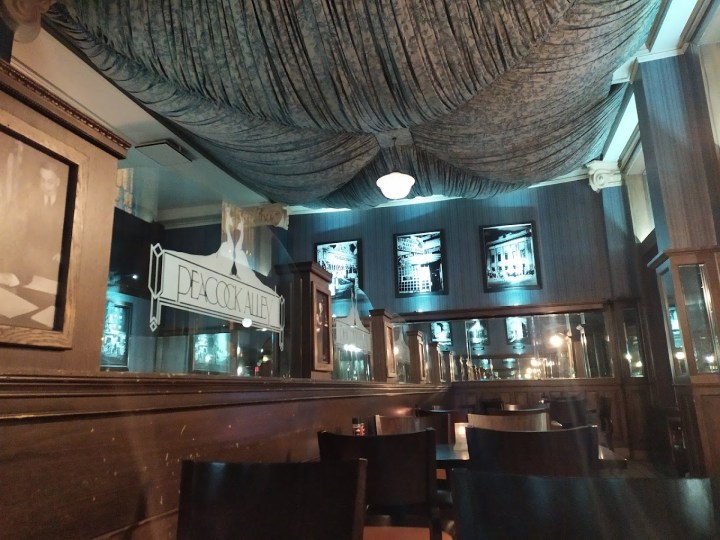



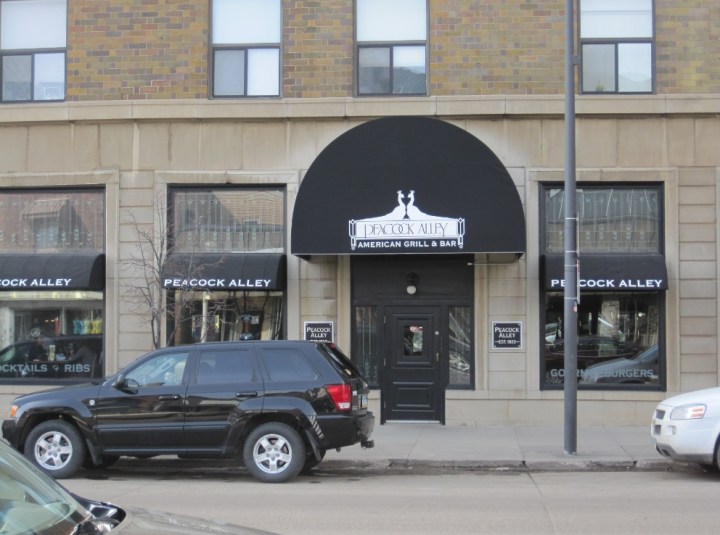

Historic restaurants in North Dakota including this one can take you on a journey. For more information, visit the Peacock Alley website. What are your favorite historic restaurants in North Dakota? How many of them remind you of the old days? Let us know in the comments below!
If you’re visiting Bismarck, reserve a room on Expedia.com. And if you’d like to see another historic building in town, check out this beautiful North Dakota library.
The Beautiful North Dakota Library That Looks Like Something From A Book Lover’s Dream
OnlyInYourState may earn compensation through affiliate links in this article. As an Amazon Associate, we earn from qualifying purchases.
More to Explore
History In North Dakota
What are some of the most historical places to visit in North Dakota?
- Pembina: The history in this tiny town of 503 inhabitants goes deep as it was once home to our Native Americans. During the 16th century, some tribes included the Chippewa, Lakota or Sioux, and the Assiniboine. Today you will find the most gorgeous scenery in the state, including lakes, hills, and rich, wooded forests to imagine how some of the early settlers lived. Home of the Oxcart Trails, this town is worthy of a day trip to the Pembina State Museum, and other historic buildings and sites.
- Huff Indian Village State Historic Site (Huff): The 12 historic acres on this site are a classic prehistoric Mandan settlement dating to about 1450 A.D. Evidence shows that at least 1,000 people lived here and only for about 20 years. In pristine condition, the ancient place tells a story of this community through depressions on the land. Some mark the locations of more than 100 lodges arranged in rows near the river. Follow the interpretive signs for a walking tour of the village.
- Historic Bagg Bonanza Farm (Mooreton): Bonanza farms were once a common sight in North Dakota. This particular farm was in operation from 1915 to 1935. F.A. Bagg of South Hadley, Massachusettes owned almost 6,000 acres, making the Bagg farm a bonanza farm. Today visitors can see some of the remaining structures and other buildings representative of the bonanza farming era of the 1800s and early 1900s.



